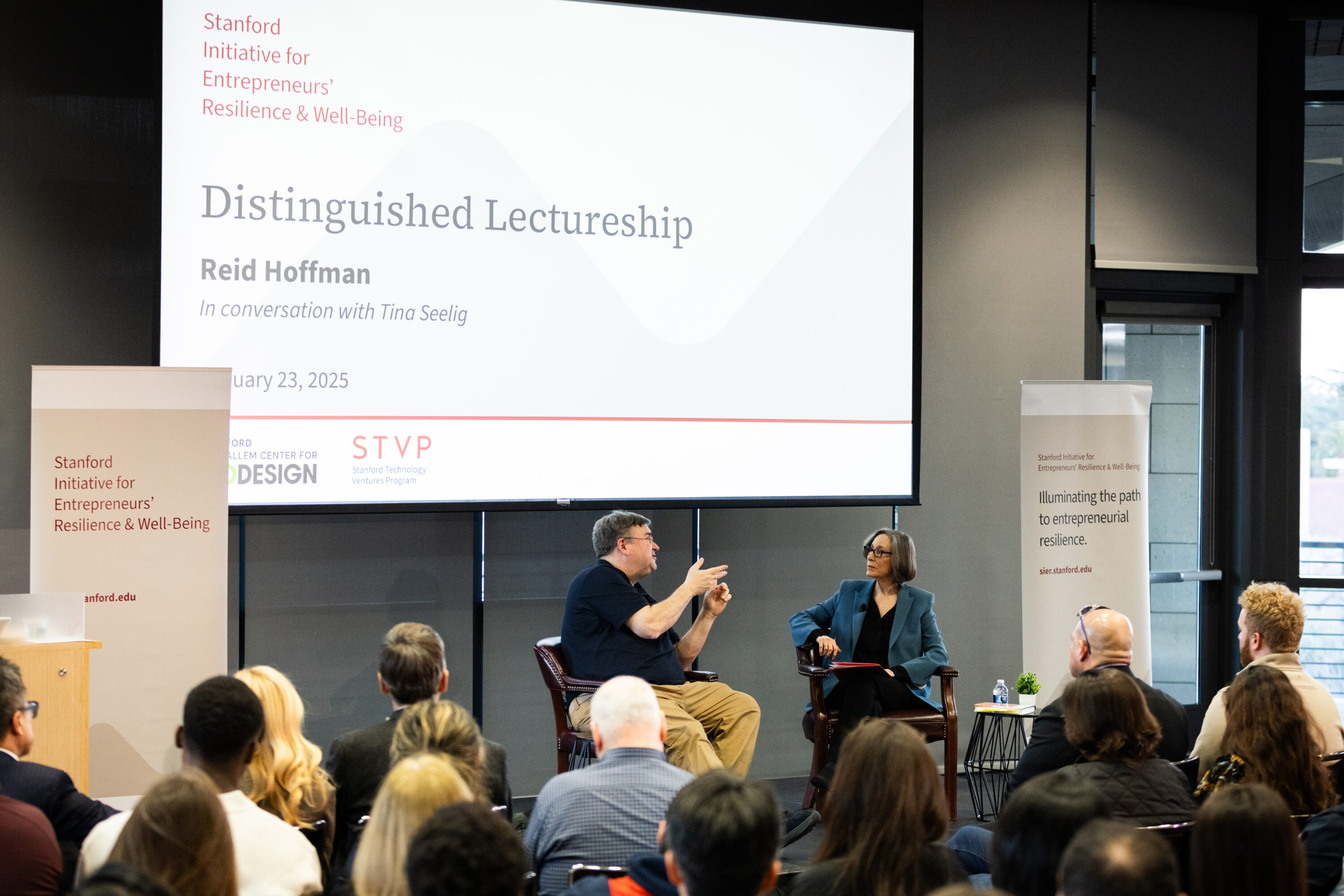Advice for Designing Your Business Model and Beating the Odds

In a small classroom on the west side of the Stanford campus, Alex Osterwalder asserts that a firm’s business model is just as important to its success as the product itself. To illustrate this, he asked the students to identify what Skype, Uber and Netflix had in common that allowed them to dramatically disrupt their industries.
All of them, he explained, entered the market with a game-changing cost structure. In Skype’s case, it didn’t have to bear the cost of building and maintaining a telecommunications network like a phone company. Uber didn’t have to worry about owning fleets of vehicles or hiring drivers, and Netflix’s subscription model gave it a large amount of cash up front to invest heavily in all areas.
“Your business model is just as important as your product,” Osterwalder said. “Technology can always be copied. That’s why you have to come up with an unbeatable business model.”
Osterwalder co-authored the 2010 book, “Business Model Generation,” with his Ph.D. advisor Yves Pigneur of the University of Lausanne, introducing the world to what is now known as the “Business Model Canvas” — a tool that entrepreneurs and companies of all sizes have used to discover, refine or completely reinvent their business model.
Briefly, the canvas on one sheet of paper lays out what it deems the nine essential building blocks of a business and asks you to list them in each block: your customer segments, your value proposition to them, key resources you need, key partners, revenue streams and so on. The canvas also stacks the blocks in a way that shows their relationship to each other.
Osterwalder now heads Strategyzer, a consulting firm based in Switzerland that helps companies around the world understand their customers, build better products and grow their business through training and other services.
“Your business model is just as important as your product.”
Alex Osterwalder
Having walked through this exercise countless times over the past decade with businesspeople around the globe, Osterwalder has developed a keen sense for strategic differentiators that provide an edge in the market, as well as the flaws in thinking that have caused many a startup to flame out.
Below are three takeaways Osterwalder shared with the students at Stanford. They are just as important for executives today:
1) At a startup, there is no good idea. There are only testable ideas. This is a warning to entrepreneurs to always be cautious and rely on data. “The hardest skill for entrepreneurs is throwing away ideas,” Osterwalder says. “It’s tougher the smarter you are.”
The challenge is turning ideas into value propositions that customers want, and then embedding them in a scalable business model, according to Osterwalder. That requires staying humble, carefully listening to the market and looking for patterns as you test your ideas.
2) A product or service doesn’t necessarily start with a customer need, but it should always end there. “Technology can be on a search for a problem,” he said. “But it very quickly needs to go toward the customer.”
One of his favorite examples is the Nintendo Wii, which he dubbed an “inferior” product when it debuted because the gaming system was built with non-proprietary technology. And yet, it left the Sony PlayStation 2 and Xbox in the dust for a decade because Nintendo focused on a different customer segment, casual gamers. Osterwalder also said the company offered a different value proposition, motion control and fun, and dodged a head-to-head battle with competitors.
3) And lastly, few startups fail because of competition. Most fail from a lack of customers. In other words, entrepreneurs should spend more time focused on building a solid foundation for their business than worrying about what others in the field are doing.
For this, Osterwalder evoked the business wisdom of Amazon founder and CEO Jeff Bezos, who famously said, “If we can keep our competitors focused on us while we stay focused on the customer, ultimately we’ll turn out all right.”



